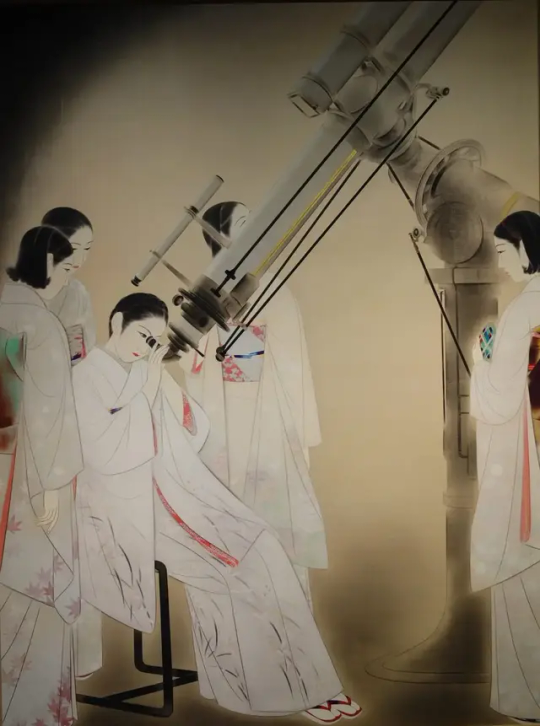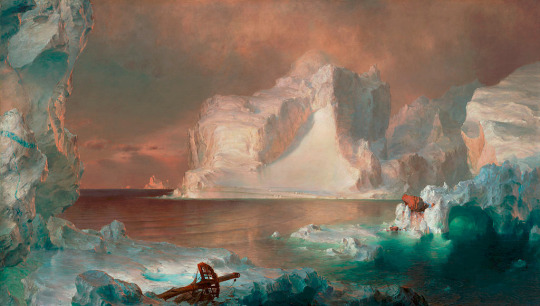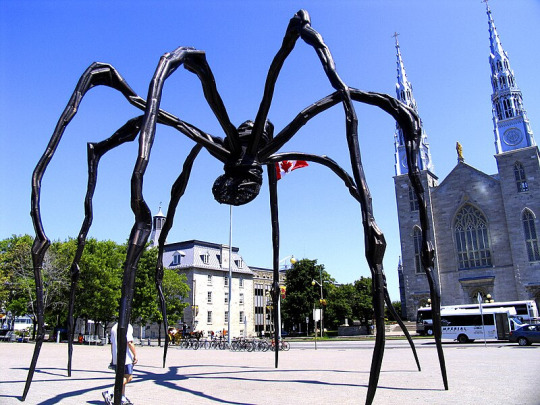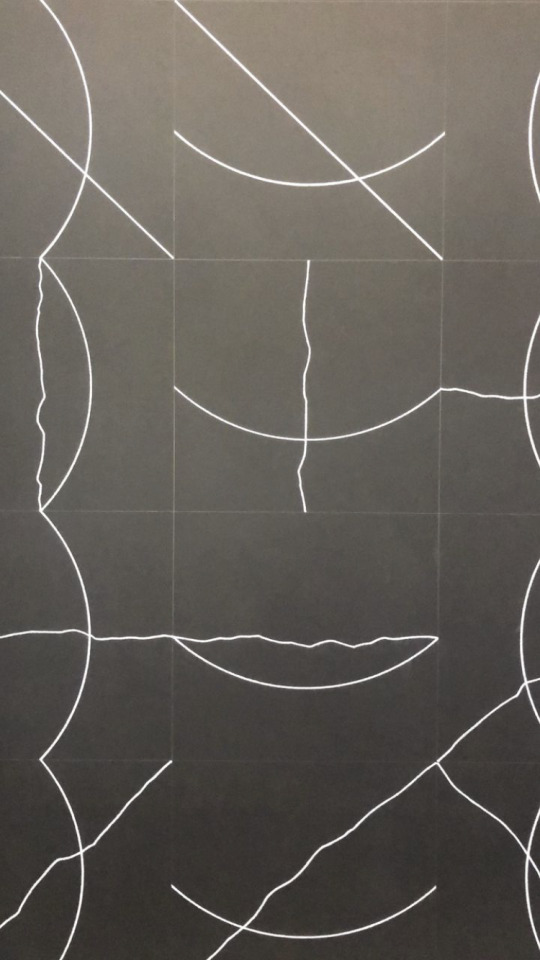#National Museum of Modern Art Tokyo
Explore tagged Tumblr posts
Text

Women Watching Stars, Ōta Chōu, 1936
#art#art history#Ōta Chōu#Asian art#Japanese art#East Asian art#genre art#astronomy#color on paper#Showa period#Showa era#20th century art#National Museum of Modern Art Tokyo
8K notes
·
View notes
Text

Hiromu Hara, Development of Abstract Painting, National Museum of Modern Art, Tokyo, June 7 – July 13, 1959 [Moravská galerie, Brně]

#graphic design#typography#art#geometry#visual writing#exhibition#poster#hiromu hara#national museum of modern art tokyo#momat#moravská galerie#1950s
53 notes
·
View notes
Photo

Yoshitomo Nara
Harmless Kitty. 1994
#yoshitomo nara#pop art#neoexpressionism#children portraits#modern art#japanese artist#tokyo national museum of modern art
352 notes
·
View notes
Text

MIGISHI, Kotaro / 三岸好太郎 (1903- 1934) "Butterflies Flying above Clouds", oil on canvas, 1934 Japanese painter in the yōga style. The National Museum of Modern Art, Tokyo / 東京国立近代美術館
"According to Migishi, he was inspired to make this painting after an entomologist told him about a butterfly with a habit of flying over the sea..."
#Migishi Kōtarō#MIGISHI Kotaro#三岸好太郎#Butterflies Flying above Clouds#1934#oil on canvas#oil painting#painting#art#japanese artist#yōga style#yōga#The National Museum of Modern Art Tokyo#tokyo#東京国立近代美術館#butterflies#clouds
6 notes
·
View notes
Text

中平卓馬 《サーキュレーション―日付、場所、行為》 1971年
日曜日
12 notes
·
View notes
Text
大阪で観た二つの展覧会──「TRIO」と「今に生きるラスキン」
10月12日から14日にかけて久しぶりに大阪へ出かけました。旅の主な目的は、大阪大学中之島センターを会場に開催された第75回美学会全国大会に参加し、そのセッションの一つを司会することだったのですが、三日にわたったその日程の合間を縫って、会場の建物に設けられているギャラリーで開催されていた(10月20日まで)「今に生きるラスキン」と、そのすぐ近くにある大阪中之島美術館で開催中の(会期は12月8日まで)「TRIO──パリ、東京、大阪モダンアート・コレクション」という二つの展覧会を訪れることができたのは幸いでした。とくに後者は出品作品への興味から、どこかで都合がつけば見たいと思っていました。 「TRIO」展は、パリ市立近代美術館、東京国立近代美術館、そして大阪中之島美術館という三つの美術館を代表すると同時に、文明史と芸術史の双方における近代性をさまざまな角度から照らし出す作品を展観することに…

View On WordPress
#Albert Marquet#Amedeo Modigliani#Constantin Brancusi#Germaine Richier#Henri Matisse#John Ruskin#Kotaro Migishi#Marc Chagall#Maurice Utrillo#Municipal Museum for Modern Art Paris#Nakanoshimia Museum of Art#Osaka University#Ruskin Alive#Shomei Tomatsu#Shunsuke Matsumoto#Tetsugoro Yorozu#The Japanese Society for Aesthetics#The National Museum of Modern Art#Toshiyuki Hasegawa#Trio Paris Tokyo Osaka Modern Art Collection#William Morris#Yuzo Saeki
1 note
·
View note
Text
国際博物館の日

2024.5.18
5/18は国際博物館の日ということで、本日常設展が無料の東京国立近代美術館に行ってきました。上の写真の橋の向こうに見えているのが美術館です。お天気がよかったので大手町駅から歩いて行きました。

上の写真は美術館の2階からの景色です。皇居の新緑の向こうが大手町のビル群です。



今回、特に心に残った作品の一部です。
一番最後は速水御舟の『京の家・奈良の家』。前に近代美術館に行った時も速水御舟の掛軸に惹かれた私。気になって調べると40歳で病死されているんですね。炎の周りに蛾が群がる『炎舞』で有名だし、もっと長生きした方だと思っていました。
���の作品をたくさん所蔵しているという山種美術館にも今度行ってみようと思います。
0 notes
Photo

National Museum of Modern Art, Tokyo
1 note
·
View note
Text

Women Watching Stars, 1936 by Ōta Chōu (1896-1958)
National Museum of Modern Art, Tokyo
41 notes
·
View notes
Text
Dolls and Their Ancient Origins
Dolls have a very long history, going back archaeologically to at lease the 21st century BCE, but probably longer. They're most likely the oldest toy and have been found throughout Afro-Eurasia and the Americas, including island nations such as Japan and Greenland.


By Jason210 at English Wikipedia, CC BY-SA 3.0, https://commons.wikimedia.org/w/index.php?curid=40901830 and By This file was donated to Wikimedia Commons as part of a project by the Metropolitan Museum of Art.
Egypt has the oldest dolls that have been found. Tombs there hold what are known as 'paddle dolls', which are wood pieces that depict the torso and truncated arms of a woman, with no legs. They often have decorations that resemble necklaces or collars and patterns resembling decorated textiles. They often have breads and a pubic triangle painted on and their head hair is made of beads of black mud. Egyptologists determined they represent the female members of dancing and singing troupes, especially those dedicated to Hathor, the goddess of the sky, as they've been found in the graves of troupe members.

Source: https://www.britishmuseum.org/collection/object/G_1905-1021-13
From at least 200 BCE, dolls with clothing that could be changed began to show up in the archaeological record. In Greece, these dolls also had articulated hips and shoulders. The Greeks called dolls κόρη kóri, which means 'girl' or 'daughter'. It's highly likely that they also had rag dolls, though only those made of more durable materials have survived farther back that 300 BCE. Among the Greeks and Romans, boys dedicated their toys, which could also include dolls, to the gods at puberty and girls dedicated their toys to Artemis, for the Greeks, or Venus, for the Romans, at marriage. If they died before either of these milestones, the child's toys were buried with them.

By Uptownnow - Own work, transfered from en.wikipedia.
In Africa, dolls were used for both education and entertainment. Their shape and costume varied per culture, but they were often passed from mother to daughter. Akua'ba are particularly associated with the Fanti people from around modern-day Ghana and others, associated with fertility. Those of the Ashanti people have large, disk-like heads.


By World Imaging - Own work, photographed at Ueno Museum Tokyo, CC BY-SA 3.0, https://commons.wikimedia.org/w/index.php?curid=11976021 and By Daderot - Own work, CC0, https://commons.wikimedia.org/w/index.php?curid=31441340
In Japan, dolls go back as far as Doguu, clay figures from as far back as 8000 BCE-400 BCE, and the Haniwa figures terracotta figures, which were funerary dolls dating to around 300 CE. The doguu seem to have been used for sympathetic magic, or to take illness and misfortune from people. The Haniwa were found on funeral mounds, and later found outside this context, thought to mark the boundaries of a gravesite.
In many African, Native American, and European cultures, dolls were sometimes used as an effigy to place some type of spell on a person, known as a poppet in Europe, a nkisi or bocia in West and Central Africa. These dolls were meant to receive the intentions meant for a person they were crafted to represent.

By Museum Expedition 1904, Museum Collection Fund - Brooklyn Museum, No restrictions, https://commons.wikimedia.org/w/index.php?curid=34008942
In the Americas, the Hopi crafted Kachina dolls, those that represent masked spirits, out of cottonwood. These figures were meant to be treasured and studied with the goal of learning more about the spirits. The Inuit made dolls of soapstone and bone, materials they had, and were often clothes with fur and leather in traditional styles. Corn husk dolls were common among Native American peoples as many of them had close ties with corn. These dolls were made of corncobs and husks, without of a face.


Source: https://www.smithsonianmag.com/smart-news/archaeologists-unearth-ancient-clay-puppets-with-open-mouths-and-detachable-heads-that-resemble-modern-toy-dolls-180986173/
In modern-day El Salvador, clay dolls with articulated heads have been found that date to about 400 BCE. These figures are between 10 and 30cm high with heads that were tied to their necks with a string that passed through two holes in the top of the head. Researching El Salvador's past has been difficult because it is densely populated and volcanically active, both of which tend to destroy the archaeological past, so the exact purpose of these dolls is uncertain. It's thought they were used in a ritual or recreation of events, whether real or mystical.
9 notes
·
View notes
Text
SET TWELVE - ROUND TWO - MATCH TWO


“The Icebergs” (1861 - Frederick Edwin Church) / "Maman" (1999 - Louise Bourgeois)
THE ICEBERGS: The sense of scale on those icebergs in so well done. This piece really conveys their MASSIVE size. At first you glace at the artwork and think they're not so big, until you see the boat at the bottom. And that's just the mast. It puts into context just how huge these icebergs are. It's insane that we have such massive otherworldly structures here on earth, that look so powerful and almost magical. That deep blue in the bottom right corner with the sunken ship just showcases the dangers and the force of nature, and how we don't really know much of what lies beneath. In this big world we are still so. small. and that fucks me up.
And the canvas is huge! Which helps convey the scale of these glorious, magical, terrifyingly beautiful icebergs. (@thegirlsinthecity)
MAMAN: I think there are a lot of different ways to look at it (especially depending on your relationship with your mother), but knowing that Bourgeois' mother was a weaver (or somehow involved in textiles) really makes it hit different. (@beelzeblogging)
(“The Icebergs” is an oil on canvas painting by Frederick Edwin Church. It measures 1.64 m × 2.85 m (5.4 ft × 9.4 ft) and is located in the Dallas Museum of Art.
"Maman" is a sculpture by Louise Bourgeois made of stainless steel, bronze, marble. It measures over 30 ft high and over 33 ft wide (9.3 x 8.9 x 10.24 m). There currently 6 locations worldwide (Tate Modern off display, UK, National Gallery of Canada, Ottawa, Guggenheim Museum Bilbao, Spain, Mori Art Museum, Tokyo, Crystal Bridges Museum of American Art, Bentonville, Arkansas, and Qatar National Convention Center, Doha, Qatar).)
#art that fucks you up tournament#polls#atfyu polls#id in alt text#cw spiders#your mod salix secret of the day is mod salix thought that the icebergs was done by the same guy who did man proposes god disposes#there you go another fucked up art to look at that i forgot existed until writing the bracket up
144 notes
·
View notes
Text

Kaunzo Minami, Girl, 1909, The National Museum of Modern Art, Tokyo.
南薫造『少女』1909年 東京国立近代美術館
76 notes
·
View notes
Text



Hilma af Klint : The Beyond National Museum of Modern Art, Tokyo
3 notes
·
View notes


